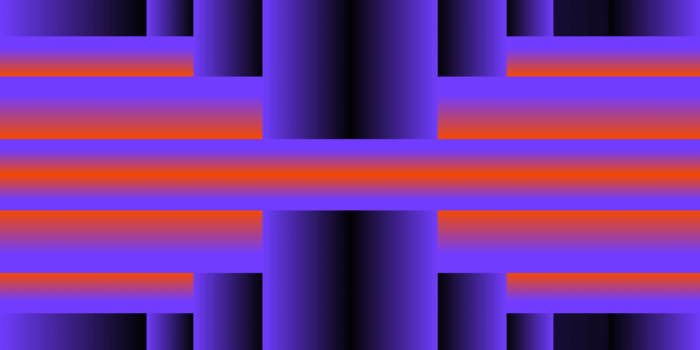While the Google ranking factors may be the best-documented set of parameters for any content platform because (let’s face it) Google is a content platform, there is no lack of mystique surrounding SEO and its associated best practices for achieving that coveted #1 spot in search results. Whether you’re a content strategist, SEO, editor, or similarly beholden to the Google algorithm professionally, you’ll likely have some form of personal best practices for getting content to rank — some of which may border on superstition.
This may have all changed with the announcement of the Google Helpful Content Update, which is as cryptic in name as it is hamfisted. Ultimately, though, the new update signals yet another paradigm shift in the world of content, possibly putting to rest some tried-and-true SEO tactics, while ushering in new standards for quality content and ranking factors that are rooted in, you guessed it, helpfulness.
While this won’t necessarily mean that we’ll have to relearn how to write content, or that all standards are going to be shifting immediately, there are a few steps that might be worth your while to maintain site authority and maintain traffic as the shift takes place.
TL;DR:
- What is “helpful” content?
- How to determine if your site is “helpful”
- Questions to ask to determine if your site is “unhelpful”
- Do’s and don’ts of “helpful” content
- Content types + strategies for being “helpful”
What is helpful content?
This is the question that will be flooding Google’s search results for the foreseeable future, and one that will be answered with more certainty as we monitor and observe the impact that the new update has on content across our various projects. Though to put it simply, helpful content is essentially content that best suits and answers the needs of the user in a unique and organic way.

While this may seem insignificant, since many legacy ranking factors prioritize content that incorporates elements like specific keywords, answering frequently asked questions, links to relevant content, and a number of other parameters that would generally be seen as “helpful”, the new update seeks to approach the idea of “helpful” in a more holistic way. The biggest takeaway we’ve seen thus far is that the new update is being targeted to help throttle those sites that are writing with an “SEO-first mentality.” Which may take the form of keyword stuffing, reiterating previously written content, self-promotion, and potentially even listicles (has anyone performed a wellness check on Buzzfeed?).
What this means for our content approach is that, similar to the shift we’ve been seeing in content elsewhere, authenticity and putting the end user first are likely going to begin taking precedence in the way that we write and shape our content for Google.
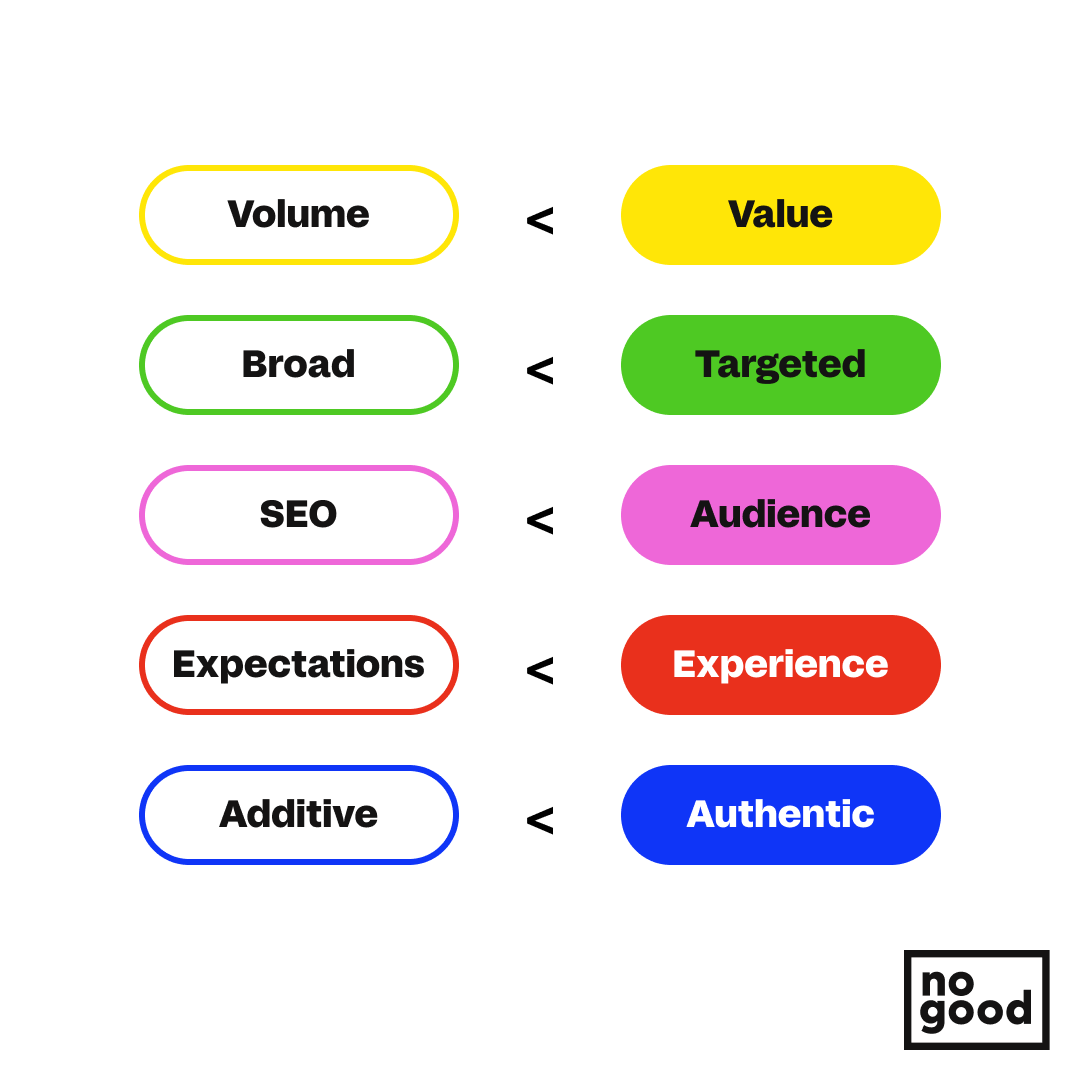
While the previous practices of observing content that is ranking for a specific keyword and seeking to improve upon that content in order to outrank it may not necessarily be impacted, strategic approaches may shift slightly in order to seek more niche content rather than directly competing with existing content. There are a number of questions that have yet to be answered regarding search intent, how nuances in headline structures will impact favorability, and a number of other impacts the new update will have, but those answers will come in time.
From what we do know, here are a few factors that will indicate to Google that your content and site are, in fact, helpful.
How to determine if your site is helpful:
Does your intended audience find your content useful?
This isn’t a far deviation from traditional SEO practices in that keyword strategies are generally developed around the creation of content that targets a specific audience with information that is useful and relevant to that audience.
As with current best practices, it’s important to do an SEO audit of your site and specific pieces of content as they relate to your targeted keywords and authoritative space.
If your site contains content that’s improperly targeted, then it is likely that with this update Google might throttle authority for a piece of content that previously ranked well for a specific query, or potentially throttle the entire site as this is – by all accounts – a sitewide update.
While this isn’t necessarily a reason to panic or start deleting content from your page that Google might not like as it rolls out this update over the next few weeks, it is something to be aware of, and of course to keep in mind as you monitor traffic in the coming days. Pieces that were once performing well that are seen losing traffic can be repositioned or retargeted to better suit their intended audiences to regain authority, or potentially target new audiences that might find their positioning more relevant to them specifically.
From a site-wide perspective, and as we look and adjust our content strategies moving forward, we anticipate there being a larger focus on building site authority for niche communities, rather than for broad audiences as current standards dictate. As we have seen, and continue to see, higher levels of saturation within search, leading to higher levels of competition, there has definitely arisen a need for there to be more nuance in search, as users are looking for more and more specific information, and new sites look to build communities and reach audiences.
This new update essentially allows for legacy brands and sites that have developed insurmountable levels of authority to retain their thrones for broad search terms and site authority, while also allowing smaller, more niche sites and content pieces to find their audiences and be found by matching users with content that is hyper-specific and hyper-useful.
TBD as to how this is going to be implemented and if previous search history is factored into results to help curate search experiences, but there’s a definite possibility that keyword targeting practices may need a little update themselves moving forward.
Does your content demonstrate first-hand expertise?
Speaking again here to the nuances that we anticipate seeing in search ranking, first-hand experiences will likely reign supreme as content is currying Google’s favor.
This is likely due to the current influx of copycat sameness that has plagued search results in recent history. By giving first-hand experience precedence over other search results, it’s likely that the content being displayed first will be “helpful” — regardless of whether or not the experience was positive or negative.
For example, if a person were looking for information about organic community building, there’s a very high likelihood that the top results on Google all offer the same, or similar, results.
These pieces would all likely discuss:
- Building trust.
- Engaging audiences.
- Offering value.
- Measuring impact.
- Etc.
This is totally fine since these are universally accepted as best practices for building organic communities. The issue then becomes, in order to outrank the #1 position, new content pieces will include all of the information as the #1 search result while adding an additional data point or otherwise expanding on what already exists on the top ranking page — creating redundancies in search results where the top ranking results are, more or less, iterations of the same piece.
By prioritizing first-hand experiences, Google positions its search results in a less additive way — becoming more “helpful” to the end-user.
With this new update, if two different agencies or brands write a guide to organic community, those guides will now be focused on the nuance of building a community for a specific niche or demographic, rather than the already established best practices of how to build community. If ‘Brand A’ is targeting an audience for their beauty brand, they will craft their messaging around their experiences building community, the specific pain points of working within their vertical, the restrictions associated with beauty brands, the key figures, and so on. Meanwhile, ‘Brand B’ may be building an online SaaS membership club that has its own sets of challenges, obstacles, and best practices for its community-driven efforts.
Helpful:
“Our decision to build a SaaS brand was made when we realized that the pain point for our community couldn’t be effectively solved with a single fix, and we identified that this was the prime factor for the struggles of existing solutions.”
Unhelpful:
“To build a SaaS brand you must first identify the pain points of your community and the solution that your product offers.”
While under the previous guidelines, these two brands would have likely been in competition over one another, they are now free to focus specifically on their immediate community, share their experiences, and be rewarded for it — rather than being needlessly put in competition against one another.
Does your content have a primary focus?
This one, in particular, has our inner SEO shook, heavily implying that the once supreme pillar-cluster model may be falling from favor.
Unsurprisingly, this prioritization speaks again to creating niche content for a specific audience in that the magnum opus pieces of content (we’re currently at 1403 words for anyone counting) that once served as pillar pieces that comprehensively covered a single topic with the intent of linking out to the individual deeper-dive pieces, may no longer drive the traffic they once did.
This may not be immediately problematic to those who were implementing the cluster model as a part of their SEO strategy, as the cluster pieces would all fit the parameters of having a primary focus. For the pillar pieces, however, it may be worth monitoring traffic in the coming weeks to see what impact the update has, and whether pieces continue to drive traffic or if they need to be restructured or removed completely.
Helpful:
Our Step-by-step Guide to Effective Email Audience Segmentation for Beauty Brands.
Unhelpful:
Email Marketing 101: A Brief Overview of All Things Email
The main thing to be conscious of moving forward with content strategies is to have a specific intent when creating content, or as a site-wide practice, so as to not lose credibility in search results. The wide net approach that many businesses have adopted where every associated service that relates to their vertical is given the presence on their site and a landing page to sell through that service may be replaced with this update with search results favoring those who have deep specialization within a single service or vertical — which has its own set of implications for business development as a whole by extension of the update.
Ultimately, if your SEO strategy was previously driven by targeting specific keywords and writing content that was well researched and “helpful” to its intended audience — your traffic should be fine.
Does your content add value to any given topic?
While content strategies have historically been value-driven, as we are in the content economy and we are very much seeking to buy the time of our audience with the content we’re providing them, it is important to again look at this through the lens of differentiation and niche.
Similar to the reasoning behind incorporating first-hand experience into our site and content strategies, adding value moving forward goes beyond adding whatever value is currently represented in existing content to our own content — or simply tacking on something of value to a piece that reiterates what’s already been said.
While it’s natural that when discussing any particular topic that there is going to be a relative amount of crossover to what is being said and provided in your content, the focus here and main takeaway is to not be derivative and to provide insights or actionable guidance as an extension of the topic at hand.
Helpful:
Top Ranking Content:The Top 10 Design Tools of 2022
Your Content:The Design Tools We Use Every Day for Content Creation
Unhelpful:
Top Ranking Content:The Top 10 Design Tools of 2022
Your Content:The Top 11 Design Tools of 2022
If we look at our content as a product, as we all should considering the whole content economy thing, we must distill each piece of content into its goals, the pain points it’s looking to solve for its audience, and of course the value proposition.
Approaching each piece of content with these considerations will help to ensure that you’re not only producing high-value content but also value that is “helpful” by understanding what value you’re looking to add to a topic prior to the production of that particular piece of content and ensuring that if there is existing content with a similar value that you bring additional benefit to the content experience.
Does your intended audience feel satisfied?
This final consideration may seem unnecessary as an addendum to the previous mentions as if we are crafting our target, messaging, and strategy to an intended audience then the content produced should satisfy that audience as a culmination of those efforts — though it is worth making a final touch point as we adjust to being our most “helpful” selves to ensure that prior to clicking publish that our content is audience-first.
Throwing it back to the previous section, if we set out to build a site or content strategy with a specific audience, goal, and pain point in mind, we must then ask ourselves whether or not we’ve accomplished those goals, for that audience, to alleviate their pain point, and of course, done so better than anyone else has on the internet before us.
With the new update, if we’re shifting our focus to audience satisfaction, value-based metrics like session duration, time on page, completion of specific actions (like sign-ups or button clicks), and bounce rate/exit % may take precedence over more volume-based metrics when diving into site data as it seems likely that Google will see audiences spending more time on a specific site or page as finding that page “helpful” while seeing high bounce rates on sites and pages as an indication that they are “unhelpful”.
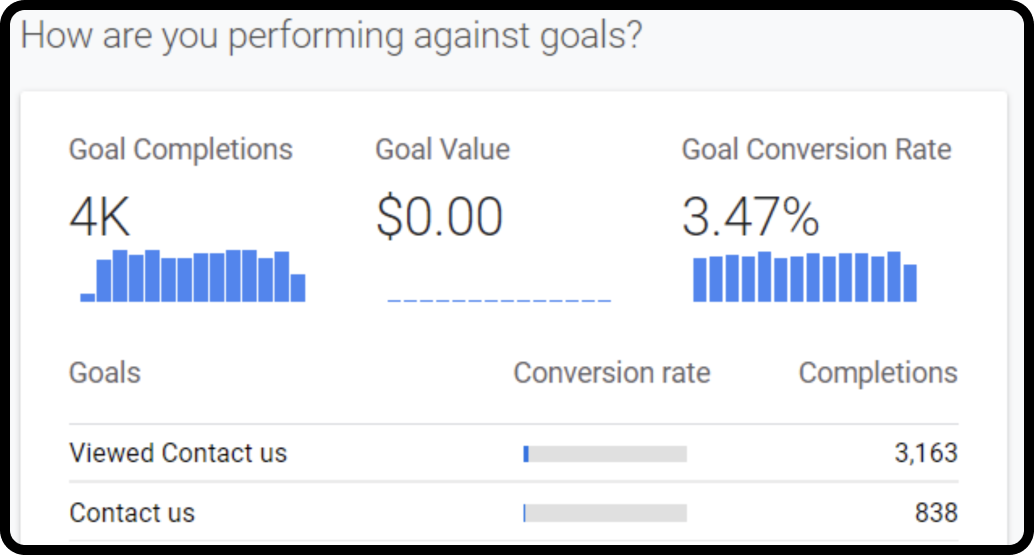
While these metrics may not necessarily be indicative of what specific aspects of future or existing content Google is viewing as “helpful” or “unhelpful”, by monitoring these metrics and the impact the changes has on specific pages or pieces, it will be easier to deduce what pages did or didn’t satisfy audience expectations and audit them accordingly in order to make optimizations to make them more “helpful”.
Questions to ask to determine if your site is unhelpful:
Does your content attract the attention of search engines over humans?
We’ve all seen it, and at some point, most of us have probably done it in some form or another, but SEO first content is officially “unhelpful”. This isn’t to say that SEO should take a back seat, as the new update is yet another shift in the parameters and rules that SEOs account for in their work, but the days of writing robotic, search-driven content have finally come to an end — and we’re here for it.
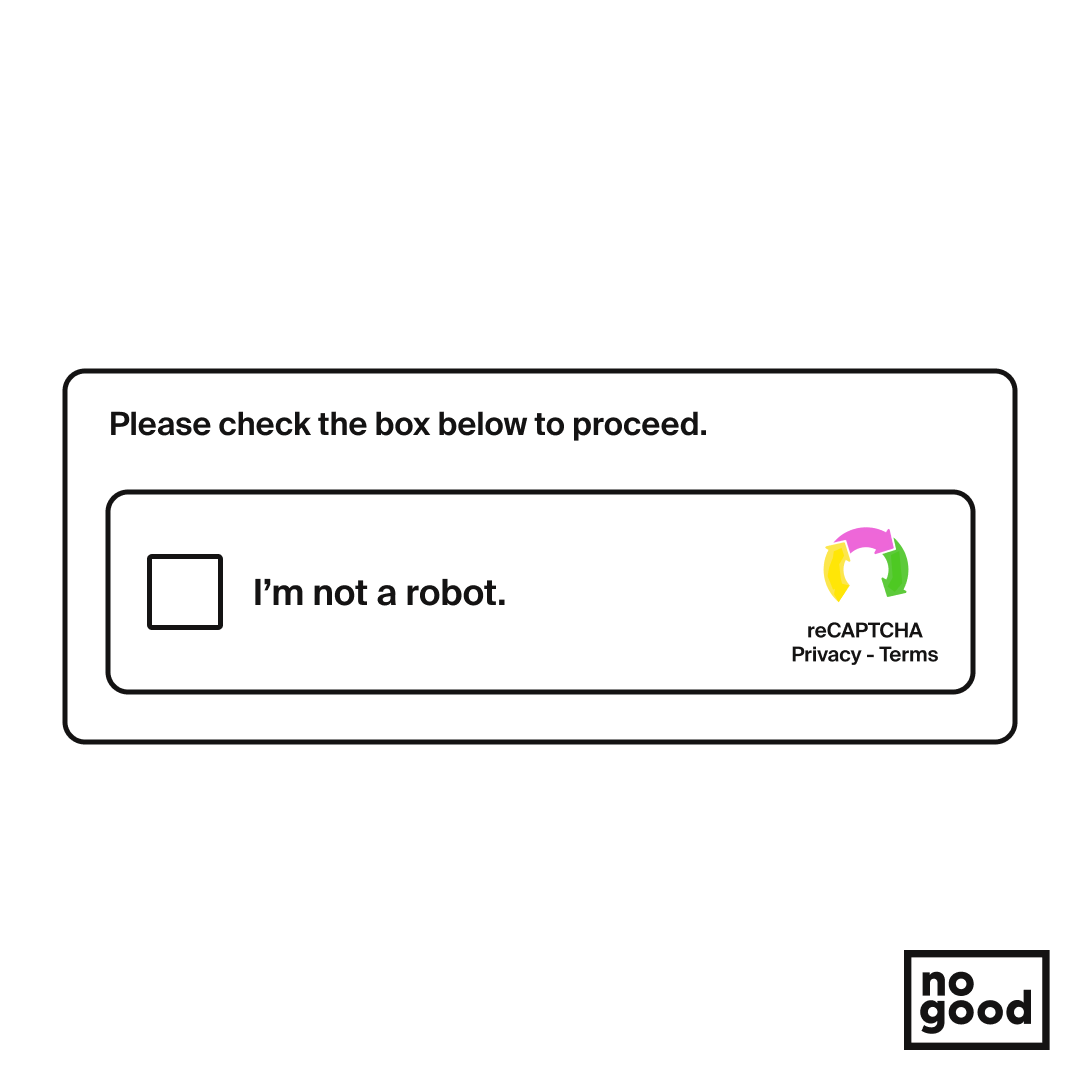
While it still remains to be seen just exactly which search-first practices will have the most impact on Google’s favorability for our sites and content, we predict with a fair level of certainty that keyword stuffing, recycling headline structures from other pieces, and hitting specific word counts are going to be highest on the list of offenders.
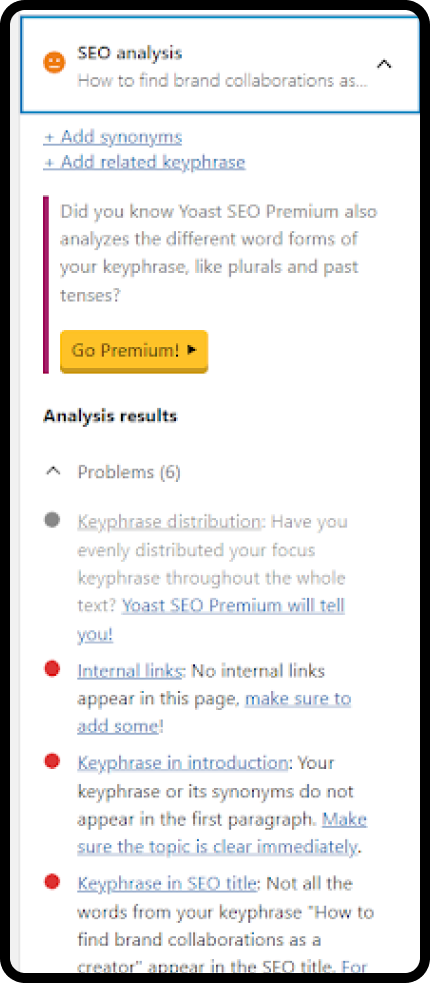
This is fairly liberating from both a content and SEO perspective, as it signals the possibility that content creators can write pieces as they see fit with more freedom under the premise that Google will now rank their content according to human appeal rather than how well it’s optimized — though obviously, it’s important that it still be “helpful”.
Are you using AI to produce content?
While AI has been a prominent focus of many creatives, and something we use internally for everything from spell check, to adjusting the tone of our pieces, I think we can all admit that automated content is “unhelpful”.
It’s important to make the distinction, however, as to what exactly this means, and to what degree it might be true with the new update.
While AI is incredibly helpful for the previously mentioned reasons, and many utilize it on a daily basis to elevate the quality of their content, similarly many have adopted the practice in recent history of utilizing AI to supplement the quantity of their content. With the advent of new AI tools that allow brands and creators alike to put in simple information like the audience, topic, and a few other pieces of information, AI can now generate full pieces of content that are nearly indistinguishable from something written by a human — nearly.
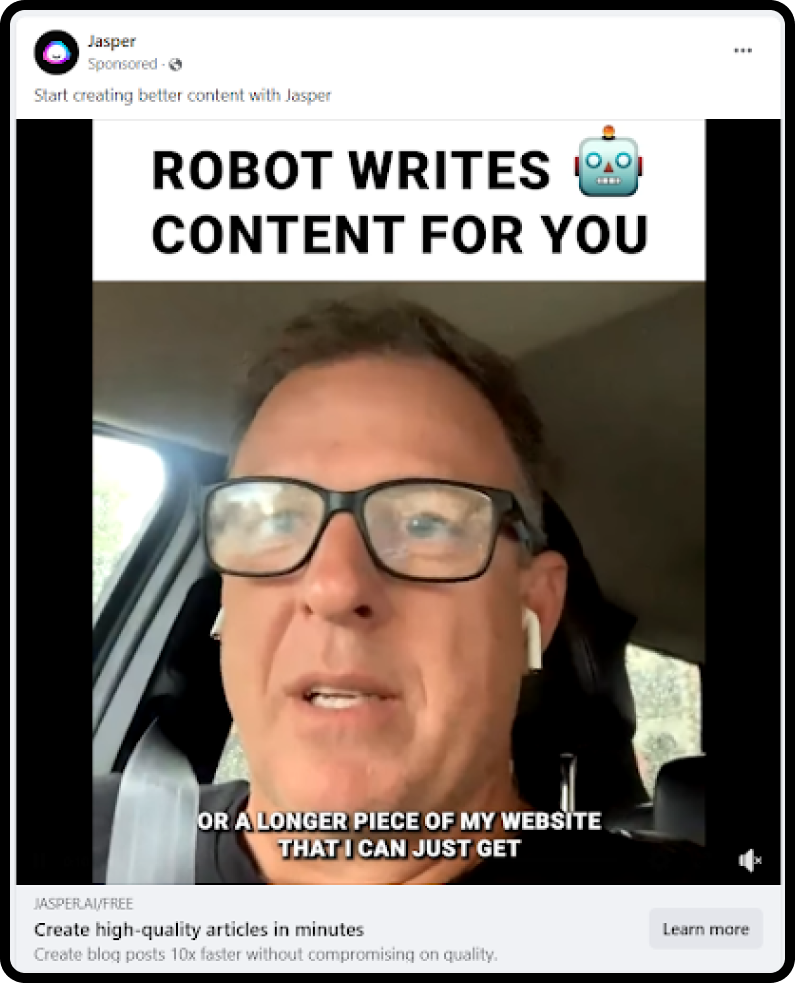
The byproduct of this new revelation in content creation, however, has been many brands generating a flood of new pieces of content to fill their site to quickly show up and rank for a whole plethora of keywords in a short amount of time, with relatively low cost and need for editing outside of minor clean-up to make sure that it doesn’t sound like it was written by a robot — even though it was.
As you can imagine, if you have 100 different brands utilizing the same service to target the same set of keywords using the same set of tools, the results may turn out to be 100 variations of the same or similar blog posts or landing pages; which is “unhelpful”.
Once again turning our attention to the shift to quality-based metrics, it’s likely fine to use services like Grammarly to give our content a little zhuzh once we’ve finished it and make sure the grammar lessons we forgot from middle school are still represented in our content. Though, going full auto-AI to produce an entire campaign may cause some issues with your traffic moving forward.
Are you summarizing what others have already said on any given topic?
This sits nicely with the utilization of some of the more traditional SEO tactics, in that Google did until recently reward content that partook in the practice of what we can only describe as “one-upmanship.”
It used to be a fairly solid strategy that if a competitor had a blog post that listed 10 reasons you should be optimizing for search, you could recreate that blog post with 11 reasons and win in the battle for rank. There’s an argument to be made from both sides as to whether or not this is “helpful” as the format does, in fact, encourage competition for specific keywords that are being targeted, which then encourages content creators to be regularly updating and optimizing their pieces.
Where we find that it becomes “unhelpful” however, is similar to the AI situation where the outcome is that anyone entering into competition for a specific targeted keyword falls into the habit of writing the same piece that’s already been written with an add-on that they hope will help them rank.
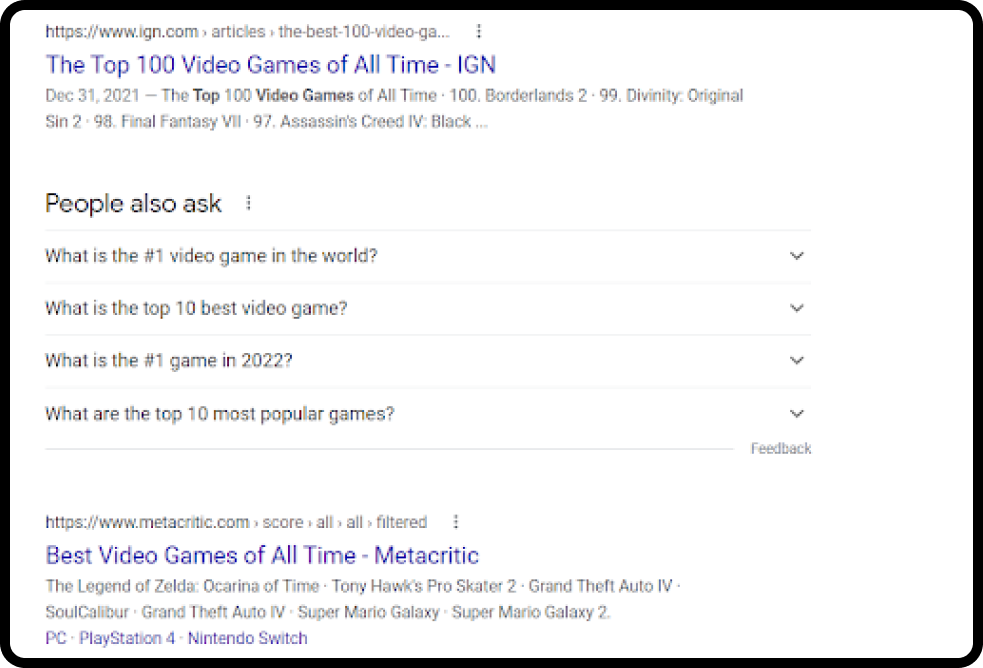
Where we see the update improving on these strategies is in that it will encourage content creators to add to the conversation rather than just be additive to the conversation. If the top ranking piece of content for a specific search term is an exhaustive list of the “Top 68 Cereal Brands in the World” which has been decided as the most “helpful” piece of content on that subject, then content creators will need to take a more pragmatic approach to try to de-rank the competition and may take a less is more approach to writing a comprehensive breakdown of 5 key cereal brands, or their particular favorite of all of the cereal brands, in order to lend a unique perspective that’s not currently represented in search.
Some simple do’s and don’ts to help guide your “helpful” content strategies:
Now that we’ve holistically and comprehensively covered what makes a site or piece of content either “helpful” or “unhelpful” we’ve distilled these parameters into a simple list of do’s and don’ts that you can reference anytime you’re writing and may be wondering whether or not you’re being “helpful”.
- Don’t: summarize what others have already said
- Do: provide unique insights
- Don’t: focus on word or character count
- Do: produce high-quality content that adds value
- Don’t: use automation to increase volume
Keep these in mind as you’re building your strategies, auditing your site, and producing new content, and your site health should be fine as the new update crawls the entirety of the internet and we collectively monitor our site rankings and traffic.
Ultimately, good content takes time, and while it’s been said that it may take weeks, if not months, for sites to recover from the initial impact that the update has on ranking and traffic, that time will provide an adequate opportunity to make adjustments and updates as necessary.
Content Types + Strategies for Helpful Content:
While the above is a fairly comprehensive breakdown of the update, and what is or isn’t “helpful” you may still be wondering how this will impact your content strategies moving forward, and how to best audit and update existing content to accommodate for the changes.
Below you’ll find a list of common content types, how they might be impacted, and how to best leverage them in a post-”helpful” world.
Listicles:
While many people love to turn their noses up at listicles, they have historically been a “helpful” format for finding quick, easy-to-digest, informative content on a specific topic. Essentially, there’s little difference between a listicle and an essay since, for all intents and purposes, the outline for an essay is just a list with a few extra steps.
That said, with the new update, listicles may be receiving the most scrutiny from Google as it determines whether sites and content are, or aren’t, helpful.
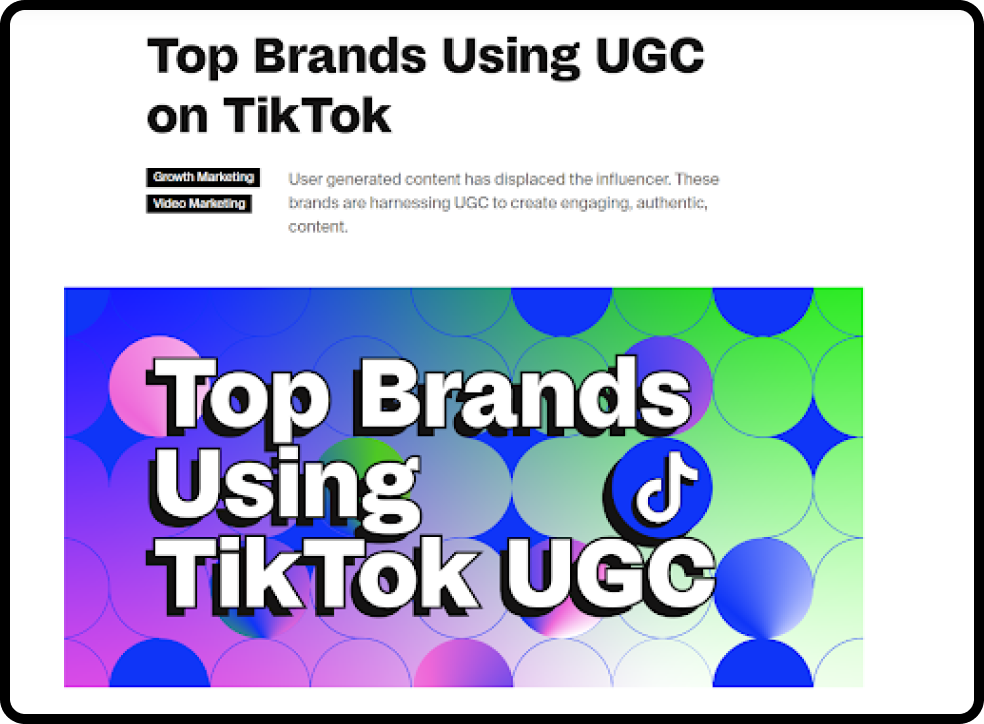
The biggest thing to consider moving forward with the format is that there’s enough differentiation between your piece and existing pieces of content to validate publishing them. If you’re looking to target a specific keyword for a listicle and there’s already competition, making sure your piece is formatted to provide additional information than exists and has a set of examples that are unique as compared to the original list, will be the two largest factors in your piece ranking and being seen as “helpful”.
Guides + Tutorials:
The biggest benefit that content creators have when publishing guides is that they can provide firsthand experience, which as we know Google is holding in high regard as it pertains to being “helpful”.
While with traditional SEO the tactics for ranking tended to take a similar form for guides as they did for listicles, in that there was an additive approach to ranking, moving forward there is a huge opportunity to provide unique insights for your audiences and target more niche. While the practice of writing a guide may still remain relatively untouched, looking to existing content and search results to validate what to include and consider in your content, the new update may provide an opportunity to become more targeted in our strategies as it calls upon creators to provide new information.
Previously, an H1, H2, and H3 structure for a guide may be relatively identical to the top-ranking piece, with a few variations of H2 or H3s thrown in to provide added content to rank, and that may not change with this new update. What we do anticipate changing is how these heading structures are formatted, and how they relate to our targeted keywords.

Historical best practices may have dictated that anyone looking to generate traffic from a content marketing guide would target “content marketing guide” as their keyword, and write broadly on the subject with hopes that their domain authority would carry them to the top of Google and the incremental changes that were made to their guide would prove worthy of the #1 search spot. Now we anticipate that guides will be written to a specific vertical, and target accordingly. The “content marketing guide” may become “content marketing for Genz beauty brands”, or even something more specific than that, with the content itself discussing the nuances of Genz audiences, and their community structures, with a smattering of first-hand experiences included in the guide to validate the creators’ authority in the space.
Landing Pages + Case Studies:
Landing pages and case studies can be an incredible tool for targeting specific audiences who are seeking a specific set of information. What we’ve witnessed, however, in previous iterations of landing page strategies is that many of them contain a lot of information, with very few specifics.
You may, as a user, be searching for an affiliate marketing agency to help build brand awareness for your new venture, and the landing page may list a number of prominent clients, and make a number of claims about their satisfaction and the agency’s success with those clients without any real data or information about how they achieved these successes or exactly what it is they did to do so — this will likely change.
Same as when building a resume, or writing a cover letter, the standard has become providing the measurable impact from our previous experiences, the same will likely be seen in building landing pages for them to be considered as “helpful”.

Pages and sites that leave the user wondering exactly what a company does because of their abundant, yet vague, the inclusion of industry jargon and terms (aka keyword stuffing) will likely be seen as “unhelpful” as those with metrics, testimonials, and real-life data will be pushed up the ranks in search.
Was this “helpful”?
While it is still very much to be seen as to what impact the helpful content update will actually have on our sites and content, and by extension of that our traffic, this collective moment is very much a great opportunity to take a brief moment to pause, take inventory of our strategies and existing content, and make some adjustments before we move forward.
We’ll personally be internalizing these changes, and making the necessary adjustments to our own strategies while we execute a broader audit of our site between now and forever — we suggest you do the same.
If you have any questions or need some guidance, we’re NoGood for that.



